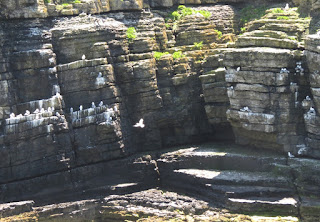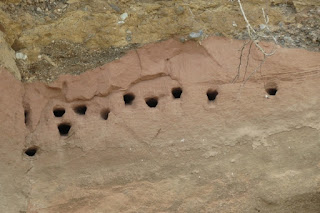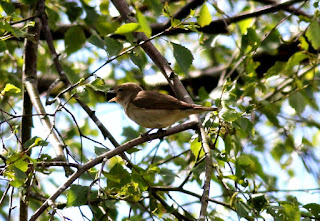 |
| Sweet little mystery |
On Tuesday I came across this lovely little finch tucking into some sunflower hearts in my garden,.It was a bit unsual but best guess was a young greenfinch. He/she was sporting some fine colourful leg rings - red and pink rings right leg , single yellow
left. Mmh i'll check this out me thinks!...
Replies
I don't think this is a wild bird. It looks like an aviculturist's canary-greenfinch cross, or something like it, and must have escaped from an aviary. Sorry I can't help more.
Best wishes,
David Norman
Chairman, Merseyside Ringing Group
Best wishes,
David Norman
Chairman, Merseyside Ringing Group
This might be a bird ringed by a member of public, copying
existing colour ringing schemes. The lack of a metal ring indicates that it was
not a wild ringed bird, though.
There is no central register for ringed captive bred birds.
However, I do believe that most of bird breeders also use a (sometimes
coloured) metal ring with individual code on it and possibly another colour
ring. 3 colour rings would be quite unusual.
Sorry, but this one probably will remain a mystery.
With best wishes,
Sabine colour ringin @bto
A mystery indeed, I haven't noticed it around with the other finches over the last couple of days, (it favoured the seed feeder the wild greenfinches use) Assuming it is an ex-aviary bird it's odds on survival may not be good; not having had the benefit of wild parents teaching it alarms and what to look out for!
I wish it luck















































